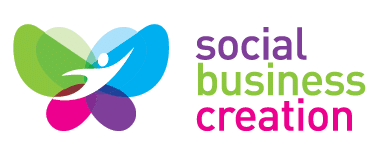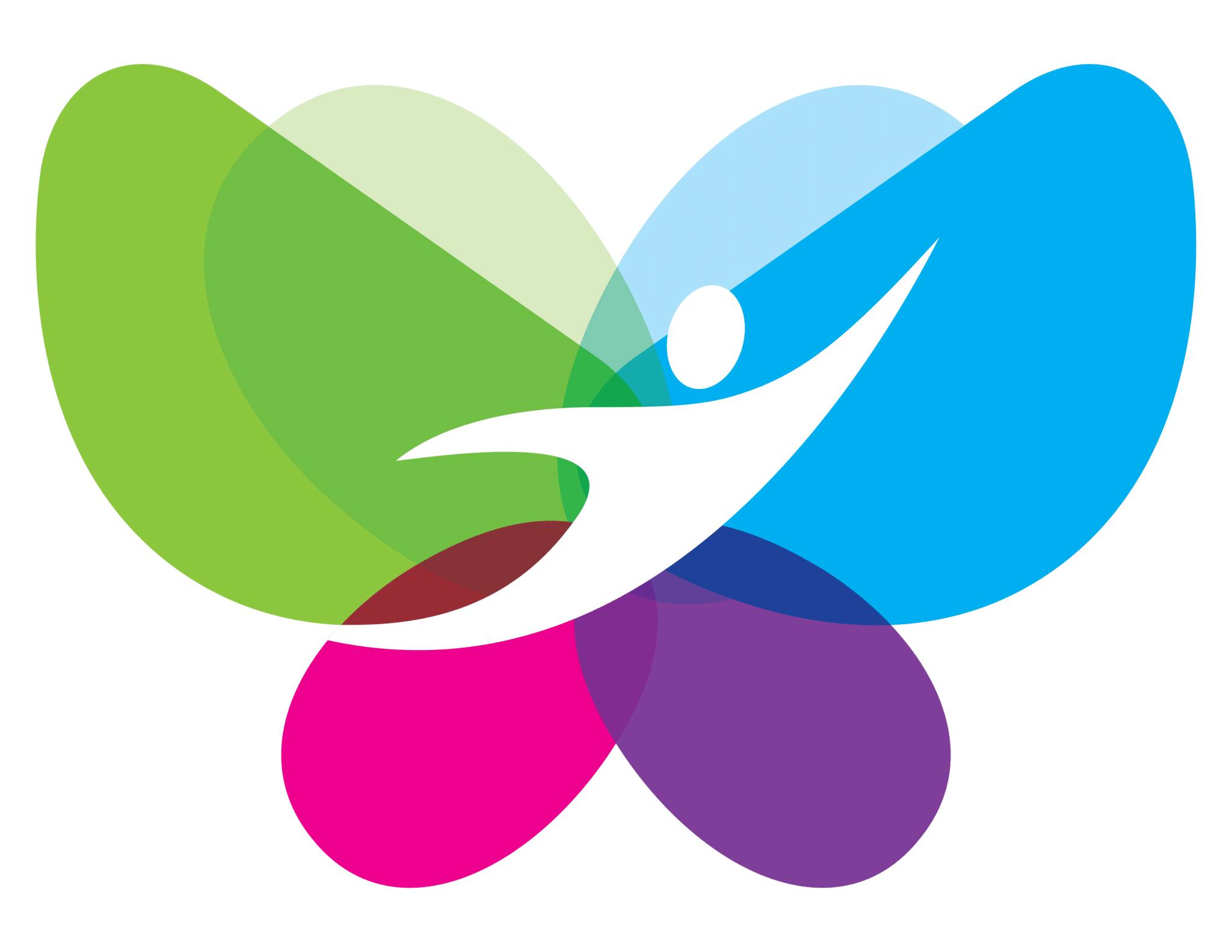BUSINESS MODEL
Transforming the water hyacinth to a multipurpose ecofiber, offering fair jobs and reducing a plague
Social issue:
Globally speaking and according to the International Union for Conservation of Nature (IUCN), the water hyacinth is considered one of the most invasive species. The combination of its enormous capacity for reproduction and rapid growth (it can double its volume in just six days) and its high water-absorption capacity represents a latent problem to the freshwater bodies around the world. This can lead to drying up the bodies of fresh water (only 2.5% of the water available on the planet is freshwater and this is the only type of water that can be used for human consumption), problems with water oxygenation, and obstruction of sunlight, which causes changes in the aquatic ecosystems.
This plague has invaded freshwater systems on all five continents and, according to climate change models, its distribution may expand to higher latitudes as the global temperature increases.
The aquatic ecosystems are not the only being affected by this problematic, the communities who live around the water hyacinth invaded water bodies also suffer the consequences of it. This plague is invading fresh water bodies that often represent a source of food, income and entertainment spaces for the affected communities.
Solution idea
FiberGood aims to reduce the water hyacinth plague present in many bodies of water in Mexico and the world, by creating an ecofiber made from water hyacinth. The goal is to produce an innovative commodity that stands out for its tensile strength, durability and that can be used to obtain various products in different industries, such as the textile and manufacturing industries. As only the stems of the plant are used to make our fiber, FiberGood will also produce a fertilizer made from the waste of the water hyacinth, this way we will not generate any waste in our productive process, we create more local jobs and get a second source of incomes.
In addition, FiberGood will create alliances with groups and institutions that have interest of reducing the water hyacinth plague but that do not have any kind of support by doing it, specially, it will create alliances with the members of the communities affected by this invasive plant, since they are the main interested in cleaning the water bodies around them, this would represent a source of incomes and food for them, creating a chain of benefits for both people an aquatic ecosystems.
Round 2 – Presentation Slides
Proof:
- Meeting with members of the Municipal Institute of Women in Boca del Río.
- Meeting with “Hormigas Acuáticas”, a group of women in Veracruz, Mexico who clean the freshwater bodies affected by the water hyacinth plague present in the state.
- FiberGood received positive feedback as well as offers and proposals from stakeholders, during the Congress held at the Universidad Veracruzana on April 18th and 19th.
- Food and Agricultural Organization of the United Nations’ Report on the water hyacinth plague.
- FiberGood received a diploma for its participation in the international congress “La Pertinencia Académica,
como pilar de la transformación social”, held at the Universidad Veracruzana on april 18th and 19th.
Crowdfunding and Crowdsourcing
- Meeting and alliance creation with the City Hall of Veracruz’s Office of Agricultural Promotion and Rural Development, where they comitted to be our sponsors for logistics costs, and supplier of organic waste in order to make our organic fertilizer.
- The Founder of Aquatic Ants, Ms. Eva Castillo, signed an alliance with FiberGood, commiting herself to be our water hyacinth supplier.
Our production process
- Recollection of water hyacinth
- Cleaning and drying up the water hyacinth
- Braiding and transforming the plant into an ecofiber
For more proof and evidence of our fieldwork, we invite you to see our “Photos” space.

